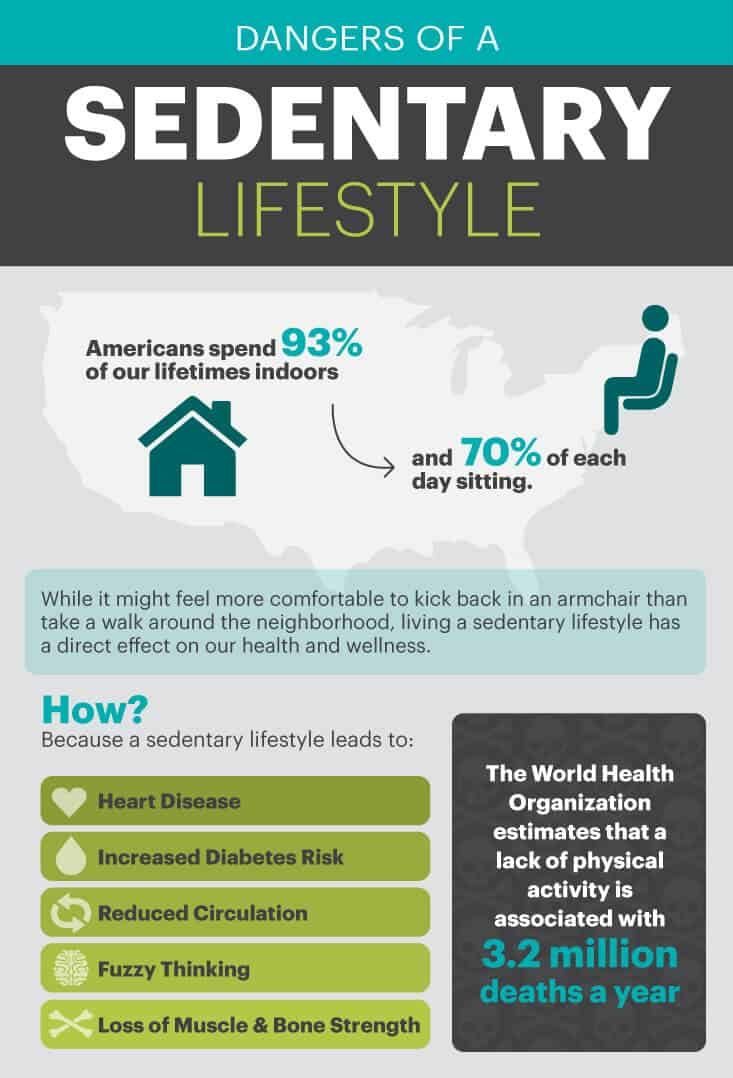This Dr. Axe content is medically reviewed or fact checked to ensure factually accurate information.
With strict editorial sourcing guidelines, we only link to academic research institutions, reputable media sites and, when research is available, medically peer-reviewed studies. Note that the numbers in parentheses (1, 2, etc.) are clickable links to these studies.
The information in our articles is NOT intended to replace a one-on-one relationship with a qualified health care professional and is not intended as medical advice.
This article is based on scientific evidence, written by experts and fact checked by our trained editorial staff. Note that the numbers in parentheses (1, 2, etc.) are clickable links to medically peer-reviewed studies.
Our team includes licensed nutritionists and dietitians, certified health education specialists, as well as certified strength and conditioning specialists, personal trainers and corrective exercise specialists. Our team aims to be not only thorough with its research, but also objective and unbiased.
The information in our articles is NOT intended to replace a one-on-one relationship with a qualified health care professional and is not intended as medical advice.
Sedentary Lifestyle Health Risks and How to Reverse
June 27, 2024

In the mid-20th century, technological advances, a rise in car culture and a shift from physically demanding work to office jobs began chipping away at our physical activity.
Today, at a time when we have more choices than ever in almost every aspect of our lives, most of us choose to live a stationary lifestyle.
If you don’t believe it, does this sound familiar?
- Wake up. Get ready for work. Sit in the car during traffic for 45 minutes.
- Arrive at work. Sit at desk, check emails and do some work. Move to conference room, and yawn your way through an hour-long meeting.
- Order lunch from your computer without getting up. Lunch arrives. Eat at your desk while simultaneously browsing the Web and preparing that memo.
- Sit for another few hours.
- Get back in the car. Drive half hour to the gym. Spend an hour working out.
- Drive home. Prepare dinner. Grab a snack, and sit on the couch to catch up on your favorite TV series.
- Head to bed. Repeat.
While it might feel more comfortable to kick back in an armchair than take a walk around the neighborhood, living a sedentary lifestyle has a direct, negative effect on our health and wellness. It’s why we’re seemingly always tired, always stressed and always struggling to maintain a healthy weight as a society.
Sedentary Lifestyle Statistics
Americans spend more than 70 percent of time awake each day sitting. How does not moving regularly take a toll on our health? The World Health Organization estimates that a lack of physical activity is associated with 3.2 million deaths a year.
A 2017 study of 3,141 adults over the age of 50 concluded that the effects of not moving vary based on your level of frailty. Researchers found the highest level of frailty experienced the most severe impact.
An investigative study published in April 2018 in the Journal of the American Medical Association (JAMA) found that from 2001 to 2016 the amount of time that both adults and adolescents living in the U.S. spent sitting has remained “high and stable.”
The average American now spends at least six to eight hours per day being sedentary, most of the which is spent watching television or videos and using the computer — at work or school and during leisure time.
Too much sitting doesn’t just put you at risk for problems like weight gain, back problems and tension headaches — it’s now considered to be as dangerous as smoking.
Dangers
Let us count the ways living a sedentary lifestyle takes a toll on our bodies.
1. Heart disease
Sitting for too long means your muscles aren’t burning as much fat as they could be and your blood is flowing through your body at a slower pace, giving fatty acids a better chance of clogging your heart — which can lead to coronary heart disease.
One study published in Medicine & Science in Sports & Exercise found that the more time men spent sitting in cars and watching television, the more likely they were to have some type of cardiovascular disease (CVD). Another study published in 2022 concluded that “long-term [sedentary behavior] increases the risk of CVD in healthy adults, whereas [physical activity] reduces the risk of CVD and improves indicators associated with CVD.”
2. Diabetes risk
When you’re not moving, your body isn’t using as much blood sugar, and that’s not a good thing. A study of more than 80,000 people found each hour they spent watching TV increased their risk of developing diabetes by 3.4 percent.
Another study demonstrated how prolonged sitting may increase diabetes risk in physically inactive individuals. Sitting for more than eight hours a day was linked with a 17 percent increased risk of developing diabetes compared to sitting less than four hours a day.
That’s why exercise is one of the best natural treatments for diabetes, while a lack of physical activity is one of the leading causes for developing diabetes.
3. Reduced circulation
Remaining stationary for too long slows blood circulation to the legs, which can lead to swollen ankles, blood clots, swelling and pain. At the scarier end is deep vein thrombosis, when a blood clot forms in your legs. The clot can eventually break free and obstruct other parts of your body, including your lungs.
Meanwhile, reduced sitting has been found to help with circulation. For instance, researchers in the Netherlands examined the effects of less sitting on blood flow and determined that reducing sedentary lifestyle behavior improved blood flow, including to the brain and heart.
4. Fuzzy thinking
Ironically, sitting down to work can actually lead to trouble concentrating. When we’re not moving, there’s less blood being pumped throughout our bodies, including our brains. This slows down our cognitive functions and leads to brain fog.
Not only that, but research published in September 2023 found that “Among older adults, more time spent in sedentary behaviors was significantly associated with higher incidence of all-cause dementia. Future research is needed to determine whether the association between sedentary behavior and risk of dementia is causal.”
Meanwhile, regular exercise can boost brain performance, while sedentary lifestyles can impair cognition.
5. Loss of muscle and bone strength
Forget flexing: We need our bodies to maintain lean muscle tissue so we can perform our daily tasks without hurting or taxing our bodies. With a sedentary lifestyle, that all changes. Ordinary events, like grocery shopping or picking things up, become much more difficult.
This becomes especially important in older adults, who are already losing muscle mass and bone strength.
6. Increased risk of cancer
The kicker with a sedentary lifestyle is that even if you exercise regularly, it might not be enough to combat all those hours you spend sitting at work or in the car. A review in the Journal of the National Cancer Institute analyzed 43 studies, totaling about 4 million people, that dealt with people’s sitting behavior and their incidences of cancer.
Researchers found that adjusting for physical activity didn’t budge the link between a sedentary lifestyle and cancer. We spend so much time not moving that even those 30 minutes at the gym aren’t enough to counteract all those hours at our desks.
That’s not the only link between being sedentary and an increased risk of cancer. For instance, a meta-analysis relayed that “the results from this meta‐analysis suggest that sedentary behavior within the occupational domain was associated with a 15.5% increased risk of breast cancer. It is essential to reduce the sedentary time spent at work and to secure time for leisure‐time physical activity among sedentary workers as a primary preventive measure.”
Several other studies have confirmed a link between being inactive and a risk of different cancers.
Are you standing yet? The good news is that you can prevent the effects of a sedentary lifestyle, even if you do work in an office environment — and none of them include exercising more.

How to Reverse a Sedentary Lifestyle
You may be able to eliminate your increased risk of early death caused by too much sitting at work by exercising for as little as 22 minutes to one hour a day.
That’s the verdict scientists came to after publishing a paper in 2016 reviewing 16 other studies looking at more than 1 million people’s sedentary behaviors and death risk followed by more recent research in 2023 published in the British Journal of Sports Medicine.
Researchers involved in another series of studies found that at least an hour of moderate-level physical activity a day (things like cycling at about 10 mph or brisk walking) could cancel out the increased risk of death associated with a sedentary lifestyle.
For the purposes of this study, researchers found one hour of exercise canceled out the negative effects of sitting eight hours a day, something that’s all too common in office settings. The study found exercising an hour did not completely eliminate the risk associated with increased sitting due to too much TV time, though.
- People who sat for eight hours a day — but were physically active — enjoyed a much lower risk of death compared to people who sat for fewer hours a day but were not physically active. This drives home the importance of physical activity, no matter how many hours a day you sit. The benefits of exercise are far-reaching.
- A minimum of one hour of physical activity a day eliminated the increased risk of death associated with sitting for eight hours a day. That’s powerful!
- People who sat for long periods of time and also lived inactive lives faced the greatest risk of death.
- Only about 25 percent of people in the study met the minimum one-hour-a-day exercise threshold to eliminate the risk of death associated with sitting eight hours a day.
- This study suggests the World Health Organization’s guidelines of 150 minutes of physical activity per week is simply not enough for office workers or others who are chronic sitters.
- 80 percent of students worldwide are not exercising enough, meaning they aren’t getting the WHO’s recommended 150 minutes of weekly moderate intensity exercise.
Final Thoughts
- Americans spend more than 90 percent of their lifetimes indoors — and 70 percent of each day sitting.
- The World Health Organization estimates that a lack of physical activity is associated with 3.2 million deaths a year.
- A sedentary lifestyle increases the risk of heart disease and diabetes, reduces circulation, and leads to fuzzy thinking and loss of muscle and bone strength.
- You can combat a sedentary lifestyle by moving and exercising more.

